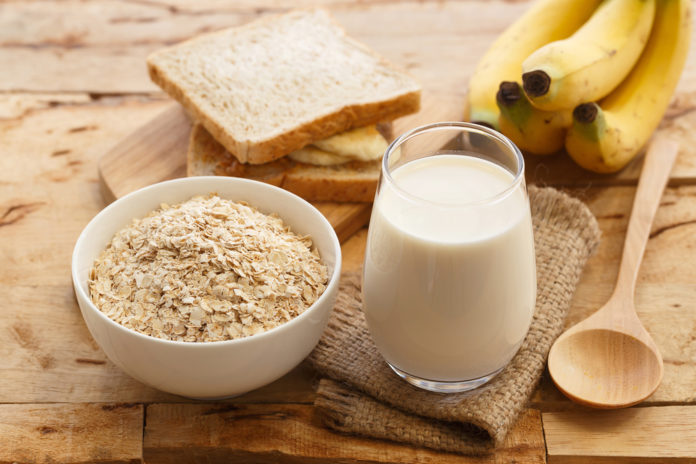Though dietitians and nutrition experts try to stray away from the concept of “good” and “bad” foods, there certainly are foods better for the body than others. And stirring, fabricated allegations of foods on media outlets and other platforms only discourages some of their intakes that much further. But these associated “bad” foods have been falsely accused, and actually hold great nutritional value. Ditch the concept of “bad” and embrace these good foods to eat!
“Good,” Healthy Things to Eat
Beef
Poor connotations of red meat surfaced ad strengthened following its proposed link to cancer. And while processed, high-fat meats (think hot dogs and sausages) should be reduced in a healthful diet, red meats deserve their place on a meal plate. Consuming lean beef is not only rich in protein, but contains a significant amount of iron and zinc. bistroMD also credits beef to health, crafting nutritious, flavorful meals utilizing the red meat – beef and broccoli stir-fry, classic beef stroganoff, and turkey and beef chipotle chili just to name a few!
Eggs
Eggs continue to have a bad reputation related to the fat and cholesterol content of the yolk. However, current research suggests a high-cholesterol diet is not indicative of high cholesterol levels in the body – find find the complete story here. In fact, cracking those morning eggs offers protein, healthful fats, and fat-soluble vitamins that are quite beneficial to the body. But if you are concerned about the fat or cholesterol content of eggs, stick to the egg white or utilize egg substitute (1/4 cup egg substitute is equivalent to 1 medium-sized egg).
Milk
In the evolving years of nutrition, cow’s milk and dairy products somehow progressed into the “bad guy.” But in the absence of a dairy allergy or lactose intolerance, milk and dairy products reveals appreciated nutrients. Most notoriously known for its calcium content, milk can help support and foster bone health, further aiding in muscle and nerve contraction. And when it comes to choosing low-fat over whole milk, research continues to unfold regarding if the lower fat switch is necessary. But despite its fat content, milk also offers healthful carbs and protein, making it a convenient, realistic post-workout recovery drink or even a well-balanced snack for on-the-go!
Breads
Though bread should certainly be kept into moderated amounts, bread produced with whole grains spark great worth. Grained and sprouted breads contain essential nutrients, including B vitamins, iron, magnesium, selenium, and fiber. But with the sparked concern regarding gluten, the worthy nutrients got pushed aside and bread got intentionally left in the toaster. But unless living with Celiac disease or a gluten sensitivity or intolerance, eliminating gluten is essentially unnecessary. Actually, gluten is found in food products produced with wheat, barley, rye, and sometimes oats. If eliminating the various products without a gluten-related health condition or based on perceived harm, you may be depriving yourself from fiber and other essential nutrients.
Potatoes
The starchy potatoes are generally thought to be left in the past when implementing a future diet. However, the potassium-loaded potato provides valuable fiber along with other nutrients. But when it comes to their consumption, it is important to stick to serving sizes and ditch the frying oils they are most commonly prepared in, ultimately retaining their natural, untouched benefits. Get familiar with sweet potatoes with these nutritious, unique recipes.
Bananas
While discussing the most healthful fruits, bananas commonly are left off the list, largely related to its higher sugar and carb content. But matter of fact, bananas hold much value related to their high potassium and fiber content, convenience, and versatility. The potassium-offering banana can be enjoyed on their own, paired with peanut butter, and mixed into a smoothie to offer a creamier texture, including this decadent chocolate banana protein smoothie!






